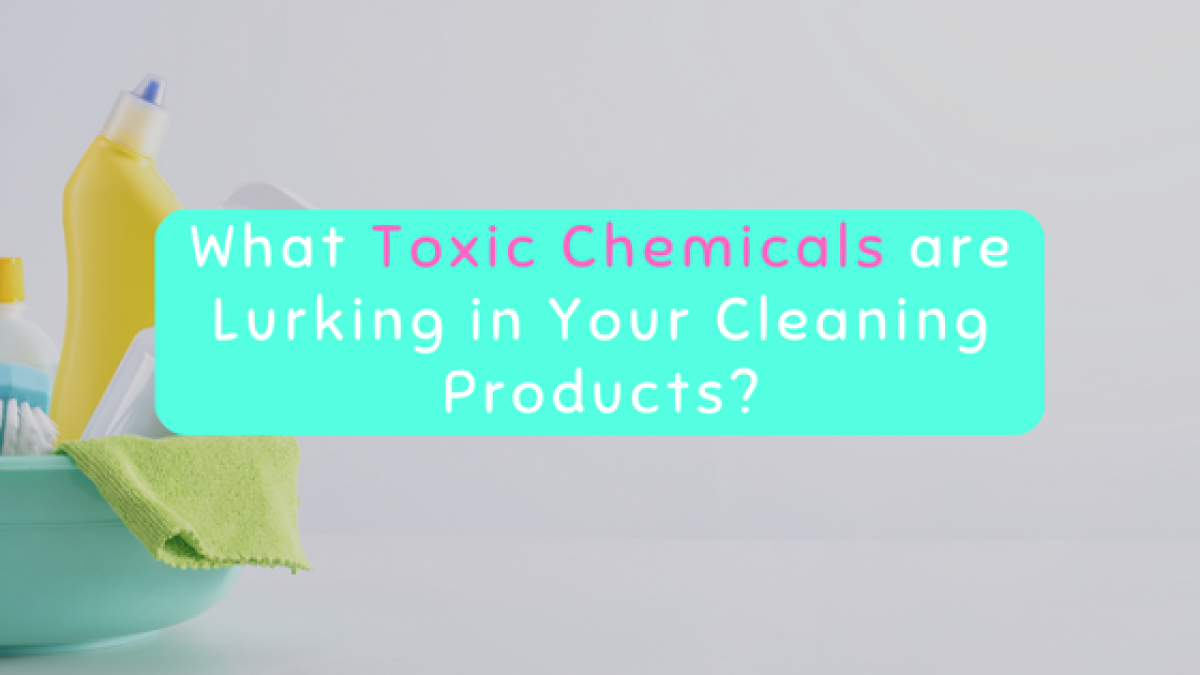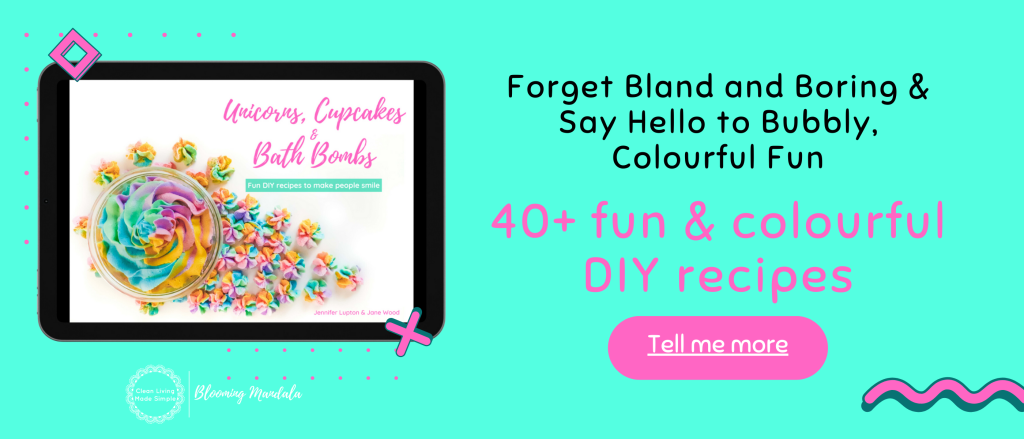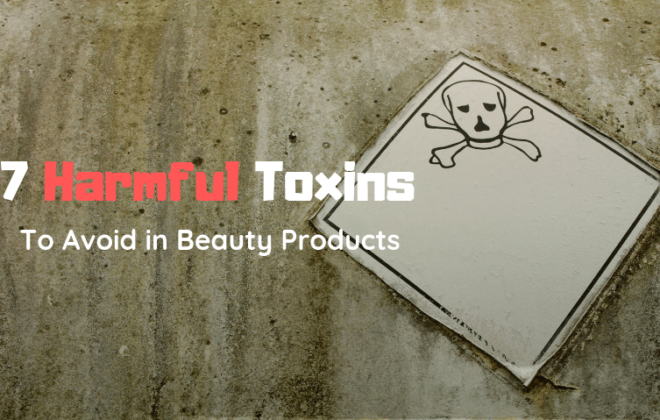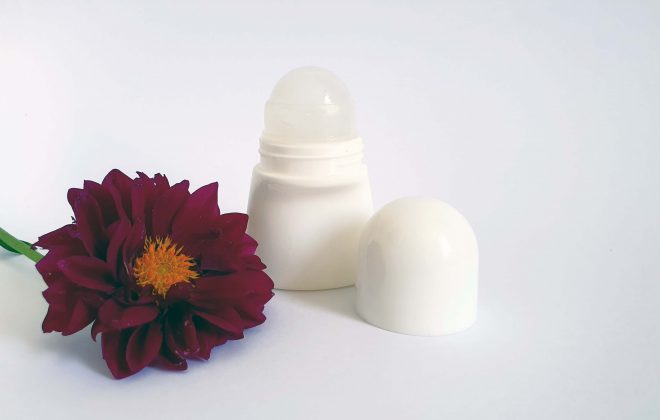What Toxins are in My Cleaning Products?
Now my friends that is a good question! Finding the toxic chemicals that could be hiding in the cleaning products in your home is not something that is easy to find out. You may need to do a bit of leg work, but there is a way to work out at least some of the ingredients, and then decide if it’s a product you wish to keep using or not.
Why bother working out what chemicals are in your cleaning products?
Mainstream cleaning products can contain any number of toxic chemicals which pose a significant risk to the health and safety of your family. What we find absolutely crazy is that there are no pre-market regulations that stipulate mandatory testing of chemicals prior to their sale in Australia. That means companies can sell us whatever they like to use on our bodies or to clean our house without the need to determine if they are actually safe! It is up to us to work that out for ourselves, we need to put on our researcher hats and delve into the big pool of knowledge on the web.
Did you know that over 90% of poison exposures occur right in our own homes? It’s alarming to think about, but it’s true. And when it comes to young children aged 5 and under, a staggering 57% of these poison exposures are caused by non-medicine products. Yes, you read that right—everyday items like cosmetics, cleaning substances, plants, pesticides, and art supplies can pose a serious risk.
The ACCC poisons report released in 2016 revealed that each year 180,000 calls are made to Poisons Information Centres in Australia, with about half of these relating to children. The most common causes of poisoning incidents were all-purpose and hard surface cleaners, detergents, toilet bowl products, bleach, hand sanitisers, detergents and glow sticks.
Health risks of cleaning chemicals – Poisoning is not the only health risk
Poisoning may be the most obvious health risk with toxic cleaning chemicals, but the chemicals in our cleaning products (and personal care, makeup and food too) can have more subtle and slow acting negative impacts on many systems in our bodies. Some chemicals may only cause skin irritation, eczema and dermatitis in susceptible individuals. But if you see no obvious reaction to the products you are using don’t be fooled into thinking they are safe. Toxic chemicals can affect our bodies silently, with no obvious signs for years. Some chemicals contained in cleaning products for sale in Australia are made from ingredients that are known or suspected carcinogens (causes cancer), teratogens (causes embryo and fetus defects), mutagens (causes DNA mutations). Whilst many containing chemicals where their safety to human health is yet to be determined! Yet they are allowed to sell them to us for profit, like wtaf!?
Here are just some of the health affects that cleaning products marketed for home use may cause:
- Cancers
- embryo and fetus defects
- DNA mutations
- asthma and respiratory illnesses
- skin irritation, think dermatitis and eczema
- Endocrine disruption
- autoimmune disorders
- digestive issues, such as colitis and crohns disease
- allergies
Although not a health effect, at least directly, many of the toxic chemicals in our cleaning products also cause environmental damage, think water & air pollution, affect soil quality and can even bioaccumulate causing untold damage to entire ecosystems.
Inadequate legislation for cleaning products
The issue with cleaning products is there is no requirement under Australian law for manufacturers to disclose the ingredients used in their products. This means we have no way of knowing what we are actually using in our homes, or the potential effects these are having on our families health. Essentially you are flying blind!
Some manufacturers will disclose their ingredients, but there is not many. But it is a start. Most of these companies are trying to be transparent and do the right thing. However, from our research, some of these companies use long complicated names to hide the fact that they are in fact using a chemical that is avoided by the more wary consumers. So it always pays to be vigilant.
Working out what chemicals are in your cleaning products
One way to determine at least some of the ingredients in a product is to track down the products safety data sheet or sds. These can be found by googling in many cases, or you can request them from the manufacturer if you can’t find it.
BUT………….
SDS’s are for worksites, not general consumers so these only need to list the chemicals that are defined as hazardous under Australian workplace health and safety regulations and the use of generic names and concentration ranges is allowed to protect proprietary information. So if it is not classed as a “workplace” hazard it still won’t be listed, and you still have no way of knowing. But you may be able to glean some info from them.
Once you have an sds for a product you can then search the CAS (chemical abstracts service) number which is a unique and unambiguous identifier for a specific substance. This way you can see past the long complicated chemical names and find other names for that chemical to better determine if the ingredient is in fact one you would like to avoid.
For example if you saw dimethyl ketone on a label or sds you might not know if it’s an ingredient to avoid or not. But if you searched the CAS number you would learn this is in fact acetone which is suspected to be a respiratory, cardiovascular, kidney, liver and neuro toxin, plus causes birth defects, permanent eye damage and skin irritation!
Where to find out more about chemicals
There are a number of resources out there to help you identify if a chemical ingredient is a toxin and something you will want to avoid. The two we use most often because they are quick and simple to find answers with are the Environmental working group (EWG) website and the chemical maze app. The EWG has both the skin-deep website for personal care and beauty product toxins and the guide to healthy cleaning website for information about toxins in cleaning products.
The chemical maze app is an Australian resource that covers mostly food and cosmetic ingredients but you can often find that some of these are also ones used in cleaning products so you may still find helpful information even though cleaning products are not a focus of the app.
Of course the good old standard search engines, like Google will also get you some info, but you may need to spend some time searching through all the sites to find the information you are looking for.
So I have a worked out a few of the chemicals in my cleaning products, which ones should I avoid?
Once you have worked out some of the chemicals in your products you then need to research them using the above examples as a starting point. This is ho you work out their health impacts and them make the decision for your household as to whether that risk is acceptable or not. It really is a personal decision. But please be realistic, it is pretty much impossible to remove ALL toxins from the home, but you sure as shit can remove alot of them, thus reducing the overall risk to your family.
So what are some of the more common toxic ingredients to avoid?
- Fragrance
- Quaternary ammonium compounds
- Ethoxylated ingredients
- SLS/SLES
- Triclosan
- Sodium hypochlorite
- Ethanol amines
- and the list goes on…..
In the interests of keeping this relatively short (but the topic is definitely not sweet), I have just listed a few here. Go and check out 12 toxic chemicals in cleaning products to avoid . You will see a more comprehensive list to help save you time researching for yourself. Plus details of the healths concerns for each one and what kinds of products to look out for them in.
What cleaning products to use instead?
There are quite a number of safer, natural cleaning products available for purchase these days, although you probably wont find many at the supermarket. If you do a few searches you will find many alternatives, like Resparkle, Abode and one I have yet to try The Good Clean Health Co, which is just hydrogen peroxide, a completely natural product that degrades into just water and oxygen. However although convenient these pre-made options can be costly.
Another alternative is to make your own DIY cleaning products. There are recipes to make any product you like, or you can just really simplify things and get to know the power of simple ingredients like vinegar and sodium bicarbonate. If you head to our blog you will find recipes for some of our favourite DIY cleaning products. But if you really need a little kick up the butt to get started why not join our 3 DAY HOME DETOX CHALLENGE? We will take you through 3 recipes across 3 rooms of your home. We will bust the overwhelm and show you really just how quick and easy getting started with DIY cleaning products really can be. YES, you really can do it! Let us show you how.





